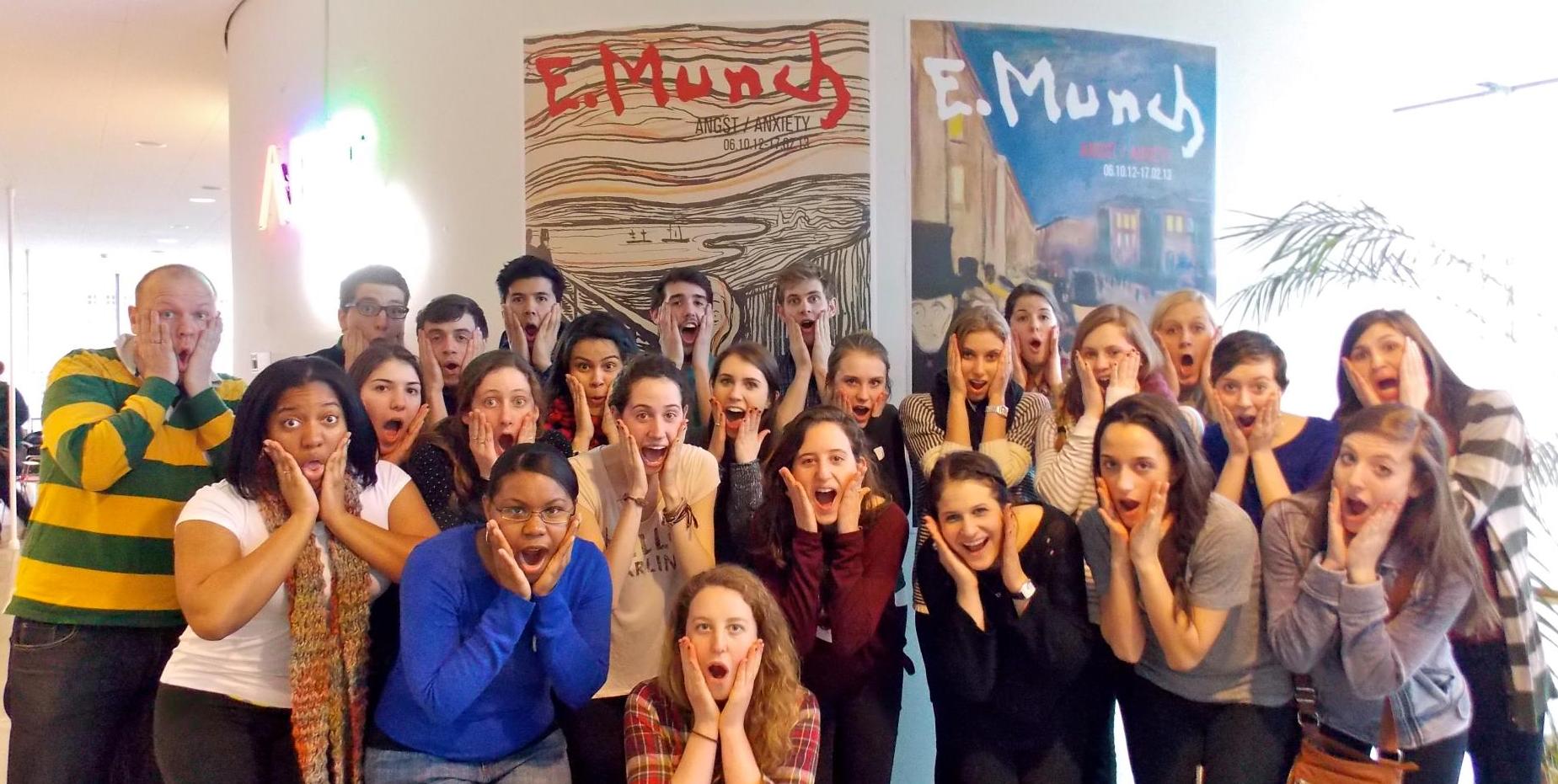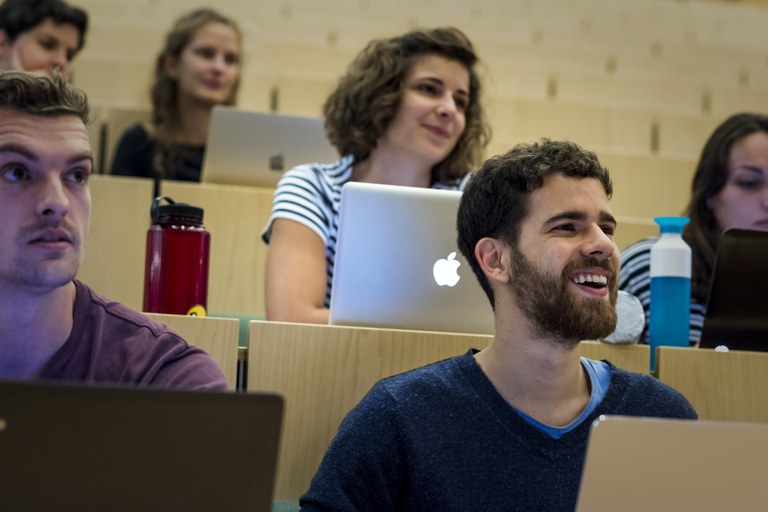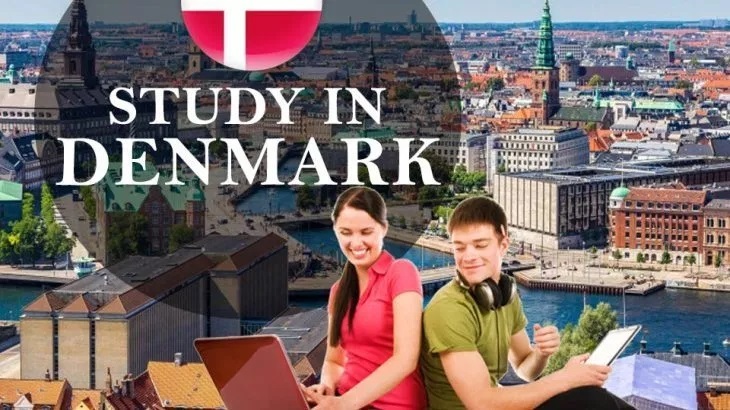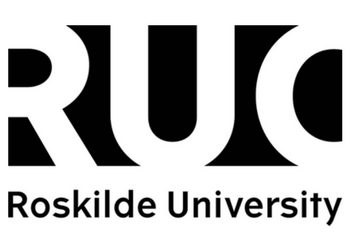
HISTORY
The history of Denmark as a unified kingdom began in the 8th century, but historic documents describe the geographic area and the people living there—the Danes—as early as 500 AD. These early documents include the writings of Jordanes and Procopius. With the Christianization of the Danes c. 960 AD, it is clear that there existed a kingship. Queen Margrethe II can trace her lineage back to the Viking kings Gorm the Old and Harald Bluetooth from this time, thus making the Monarchy of Denmark the oldest in Europe. The area now known as Denmark has a rich prehistory, having been populated by several prehistoric cultures and people for about 12,000 years, since the end of the last ice age. Denmark's history has particularly been influenced by its geographical location between the North and Baltic seas, a strategically and economically important placement between Sweden and Germany, at the center of mutual struggles for control of the Baltic Sea. Denmark was long in disputes with Sweden over control of Skånelandene and with Germany over control of Schleswig (a Danish fief) and Holstein (a German fief).Eventually, Denmark lost these conflicts and ended up ceding first Skåneland to Sweden and later Schleswig-Holstein to the German Empire. After the eventual cession of Norway in 1814, Denmark retained control of the old Norwegian colonies of the Faroe Islands, Greenland and Iceland. During the 20th century, Iceland gained independence, Greenland and the Faroese became integral parts of the Kingdom of Denmark and North Schleswig reunited with Denmark in 1920 after a referendum. During World War II, Denmark was occupied by Nazi Germany, but was eventually liberated by British forces of the Allies in 1945, after which it joined the United Nations. In the aftermath of World War II, and with the emergence of the subsequent Cold War, Denmark was quick to join the military alliance of NATO as a founding member in 1949.

CULTURE
The culture of Denmark has a rich intellectual and artistic heritage. The astronomical discoveries of Tycho Brahe (1546–1601), Ludwig A. Colding's (1815–1888) neglected articulation of the principle of conservation of energy, and the foundational contributions to atomic physics of Niels Bohr (1885–1962); in this century Lene Vestergaard Hau (born 1959) in quantum physics involving the stopping of light, advances in nano-technology, and contributions to the understanding of Bose-Einstein Condensates, demonstrate the range and endurance of Danish scientific achievement. The fairy tales of Hans Christian Andersen (1805–1875), the philosophical essays of Søren Kierkegaard (1813–1855), the short stories of Karen Blixen, penname Isak Dinesen, (1885–1962), the plays of Ludvig Holberg (1684–1754), modern authors such as Herman Bang and Nobel laureate Henrik Pontoppidan and the dense, aphoristic poetry of Piet Hein (1905–1996), have earned international recognition, as have the symphonies of Carl Nielsen (1865–1931). From the mid-1990s, Danish films have attracted international attention, especially those associated with Dogme 95 like those of Lars Von Trier. Denmark has had a strong tradition of movie making and Carl Theodor Dreyer has been recognised as one of the world's greatest film directors. Copenhagen, the capital, is home to many famous sites and attractions, including Tivoli Gardens, Amalienborg Palace (home of the Danish monarchy), Christiansborg Palace, Copenhagen Cathedral, Rosenborg Castle, Opera House, Frederik's Church (Marble Church), Thorvaldsens Museum, Rundetårn, Nyhavn and The Little Mermaid sculpture.

CLIMATE
Denmark has a temperate climate, characterized by mild winters, with mean temperatures in January of 1.5 °C (34.7 °F), and cool summers, with a mean temperature in August of 17.2 °C (63.0 °F).Because of Denmark's northern location, there are large seasonal variations in daylight.

ECONOMY
Denmark’s economic freedom score is 78.3, making its economy the 8th freest in the 2020 Index. Its overall score has increased by 1.6 points, led by increases in scores for government integrity and judicial effectiveness. Denmark is ranked 4th among 45 countries in the Europe region, and its overall score is well above the regional and world averages. Denmark’s economy has been in the mostly free category for 19 years but still has not broken through to the top ranks of the free. The reasons are excessive government spending and a tax burden that is simply too heavy. Those two problems may explain why GDP growth over the past five years has been modest. Unfortunately, the government is going in the opposite direction from what is needed: toward much heavier spending, funded by higher taxes, to reduce carbon emissions and expand an already large welfare state. The top personal income tax rate is 56 percent, and the top corporate tax rate is 23.5 percent. Other taxes include value-added and inheritance taxes. The overall tax burden equals 46.0 percent of total domestic income. Government spending has amounted to 51.7 percent of the country’s output (GDP) over the past three years, and budget surpluses have averaged 0.3 percent of GDP. Public debt is equivalent to 34.3 percent of GDP. The total value of exports and imports of goods and services equals 104.0 percent of GDP. The average trade-weighted applied tariff rate (common among EU members) is 1.8 percent, with 637 EU-mandated nontariff measures reportedly in force. Denmark has an additional 15 country-specific nontariff barriers. Open-market policies that sustain competitiveness facilitate large flows of investment. The financial sector is well institutionalized and resilient.

HIGHT RATED UNIVERSITIES
The University of Copenhagen is ranked high amongst its fellow schools in Denmark. It boasts a high international student exchange rate with a myriad of courses from which you can choose. It's also one of the largest centers for research and education in the Nordic countries.
The University of Southern Denmark also offers competitive study abroad programs for international students. Its application process is simple and it provides accommodation ideas for students moving to Denmark from abroad. The university enjoys welcoming exchange students and offers a number of courses in English.
Other popular universities include:
Aarhus University
Roskilde University
Aalborg University
The Royal Danish Academy of Fine Arts.

SCHOLARSHIP/GRANTS
The University of Copenhagen offers government scholarships. It also offers other scholarships based on studies and origins. Students searching for scholarships and grants many universities will offer scholarships, grants, and/or financial aid to help fund your education, though not all scholarships are available to international students. However, there are other ways to get scholarships which are unique to you and your goals. Be sure to check with your college or university at home, as it may also offer scholarships, grants, or essay contests which will allow you to earn money to put towards a study abroad program. These will be listed on your school's website, or you can inquire with your adviser about your options.

UNIQUE SOCIAL LIFE/TRADITIONS
Students in Denmark are involved in more social interactions surrounding their studies. At the beginning of the year, students are placed into study groups which meet weekly to discuss readings and class work. Study abroad student napping on boat dock in Denmark. There are also traditional events, such as Aarhus University's "Kapsejlads," which means Spring Regatta. During this event, students gather around the lakes in the middle of campus for a day of drinking, relaxing, boat races, and a naked run to win tickets to the Roskilde Festival. Another tradition is Friday Bars, when different departments from the university host wild, themed parties. This brings more fun and variety throughout the school year and is a great opportunity to bond with your classmates.

HAPPIEST COUNTRY IN THE WORLD
Denmark was voted the happiest country in the world in April 2016, via the World Happiness Report. To rank the 156 surveyed countries, a team from the University of British Columbia looked at what the "countries have in common: a large GDP per capita, healthy life expectancy at birth, and a lack of corruption in leadership. But also essential were three things over which individual citizens have a bit more control: a sense of social support, freedom to make life choices, and a culture of generosity."Denmark's results revealed a high percentage of gender equality and residents who love to bike. This contributes to the wellness of the people and the environment.

DIVERSE GEOGRAPHY
Denmark sits just above Germany and contains many islands around the mainland. Norway and Sweden are not too far off to the north, and may be an easy trip to take on a weekend. The lands are generally flat, but now low enough to have a lot of swampland. The coastlines are beautiful and the islands surrounding are densely populated.

POUULAR LANDMARKS
Denmark is a gold mine for students wishing to study history, anthropology, geography, the social sciences, and many more. It boasts an abundance of historical sites and museums, which showcase thousands of years of culture and tradition of the Nordic people. Rosenborg Castle in Copenhagen was built by the famous Scandinavian king, Christian IV, in the early 17th century. It holds the crown jewels of the Danish king and queen as well as the portraits of Caroline Mathilde and Struensee. For those seeking contemporary thrills, The Tivoli Gardens is also situated in Copenhagen. It is one of the most popular amusement parks in Europe. It's even said to be the base model for Disney Land. For Viking lovers, the Viking Ship Museum is located in Roskilde near the university. There you can book tickets to sail in a true Viking's ship and experience how they traversed the waters with their incredibly advanced boats.
Application Procedure
- ⦁ Select a Course and Institution
- ⦁ Apply for the course
- ⦁ Received your Letter of Offer
- ⦁ Pay First Installment of Tuition fees
- ⦁ Receive Confirmation of Enrolment
- ⦁ Apply for your Visa
- ⦁ Fly to Denmark
Undergraduate
- ⦁ Minimum SSC/ O level grade should be 3.0/5(B)
- ⦁ Minimum HSC/A Level/ Diploma grade should be 3.0/2(B)/2.5
- ⦁ Proof of English-language: IELTS 5.5/6
Postgraduate:
- ⦁ Minimum SSC/ O level grade should be 3.0/5(B)
- ⦁ Minimum HSC/A Level/ Diploma grade should be 3.0/2(B)/2.5
- ⦁ Minimum Bachelor Degree CGPA 2.8
- ⦁ Proof of English-language proficiency: 6.5

DURING STUDY
During study students can work 20 hours per week. But during vacation students can work full time.
AFTER STUDY
After Study student will get 6 months for job searching.
Documents Required
- ⦁ passport
- ⦁ 3 Photos
- ⦁ ST1 visa form
- ⦁ A letter of acceptance from a Denmark educational institution.
- ⦁ All educational documents, including marks sheets (SSC, HSC, Bachelors, Masters or other post- secondary, college, vocational or university diploma, certificate or degree).
- ⦁ Prove copy of Case Order ID
- ⦁ Prove copy of sending Tuition fees.
University
University Colleges
Tuition fees |
|
Course |
Fees per Year in £ |
| Bachelor | 8000 Euro to 12000 Euro Per year |
| Master | 8000 Euro to 20000 Euro Per Year |
Living cot |
|
| Living Cost approximately 30000 BDT to 35000 BDT per months | |















